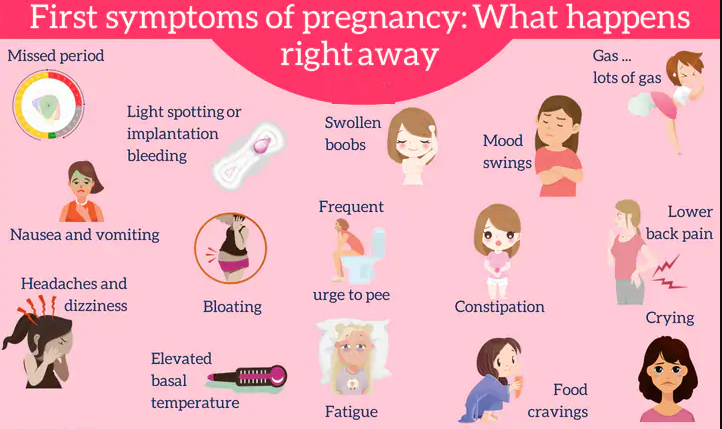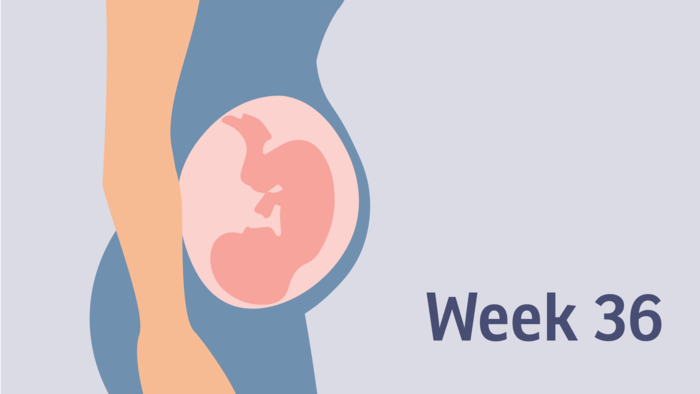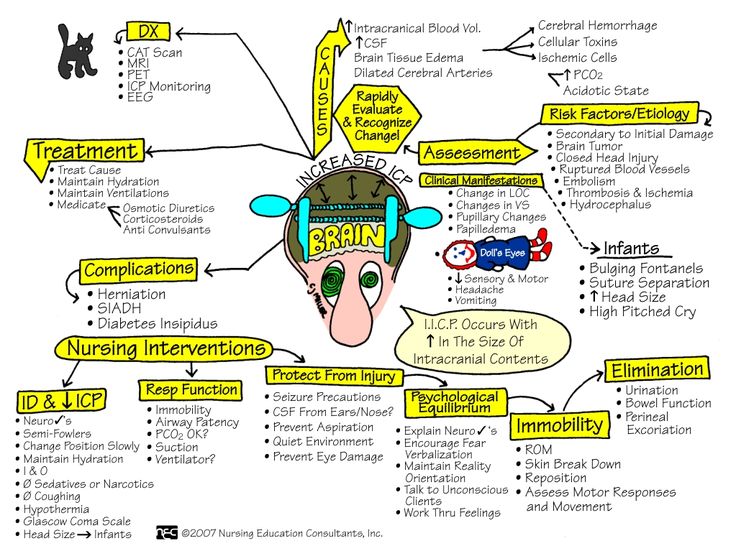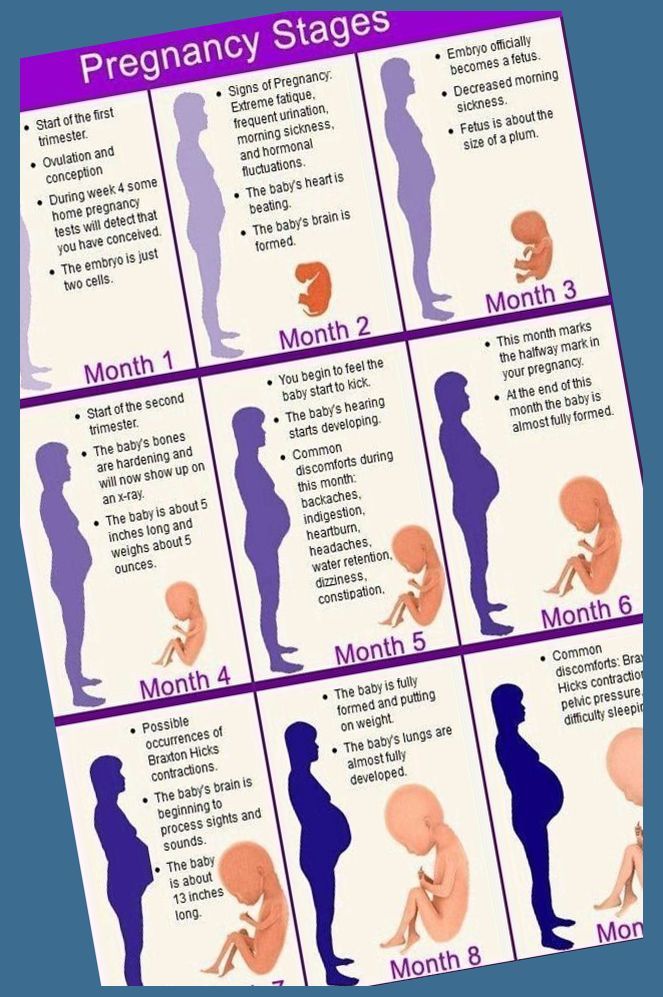How young can a child learn guitar
Best Age to Learn Guitar
GUITAR
While anytime is a good time to learn an instrument, there are many advantages to learning when you’re younger. Research shows that learning an instrument helps students with reading and math skills and helps them develop self-esteem and confidence.
Plus, learning how to play an instrument such as the guitar can provide a lifetime of fun and enjoyment!
For most students, the best age to learn guitar is around age 7. But it’s important to note that all students are different, so there really isn’t a best age to start guitar lessons. Realistically, students can start guitar lessons as soon as they can comfortably hold a small-scale guitar and press down the strings.
As a parent, you’ll have to consider other factors as well when determining if your child is ready to start guitar, like the maturity of your kid and their interest level in learning to play an instrument.
Is your child ready to start playing guitar?
So you want to see if your child is ready to start jamming? That’s great! The guitar is a great instrument for all skill levels and ages, but it’s best to start with guitars made for beginners, especially for kids with smaller frames.
To see if your child is ready to start playing, start by looking at how your child holds the guitar. While seated, your kid should be able to comfortably reach the low notes with their fretting hand without having to completely straighten their arm. Their elbow should be slightly bent. If they’re having a difficult time, you may need to look at smaller guitar sizes.
5 signs your child is ready to start guitar lessons
There are a handful of signals that can tell you when your child is ready to play the guitar. Before beginning lessons, your kid should show the following signs:
- Your child shows a strong interest in playing the guitar. You’ll know it if your child wants to be a rock star, even from a young age. Learning the guitar is much easier if your child shows a strong interest. That desire will motivate them to learn.
- Your child can focus for at least 30 minutes. When looking at what age to start guitar lessons, it’s important to look at how long your child can focus.
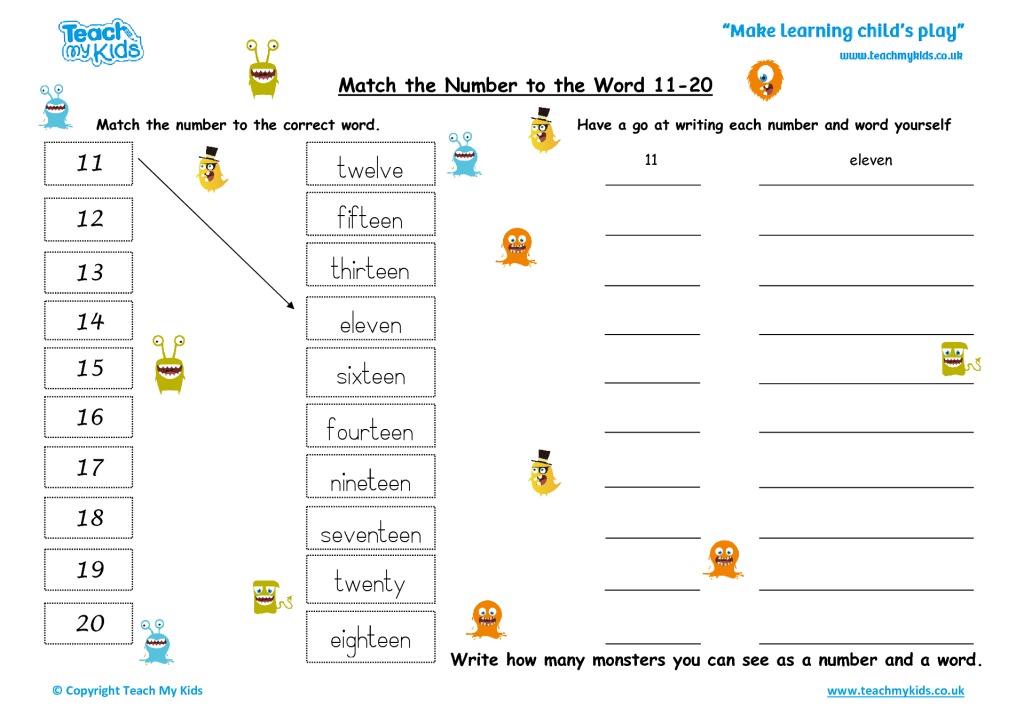 While playing the guitar is fun, students must be able to focus for at least 30 minutes to start seeing results.
While playing the guitar is fun, students must be able to focus for at least 30 minutes to start seeing results. - Your child is motivated to practice guitar. Regular practice is important for students to get over the initial learning curve. At first, parents may need to help their children manage their practice time throughout the week, especially if they’re new to the guitar.
- Your child has basic finger dexterity. Playing the guitar doesn’t require significant finger strength, but having basic finger dexterity will make it far easier for beginners to learn songs and build confidence.
- Your child is mature enough to start guitar lessons. Age doesn’t have to be the only factor deciding whether your child is ready for lessons. In order to learn the guitar, kids need to have enough maturity to listen to their teachers and take their direction.
Tips when starting guitar
Here are several tips you can use to help your child when starting guitar:
- Select the right guitar.
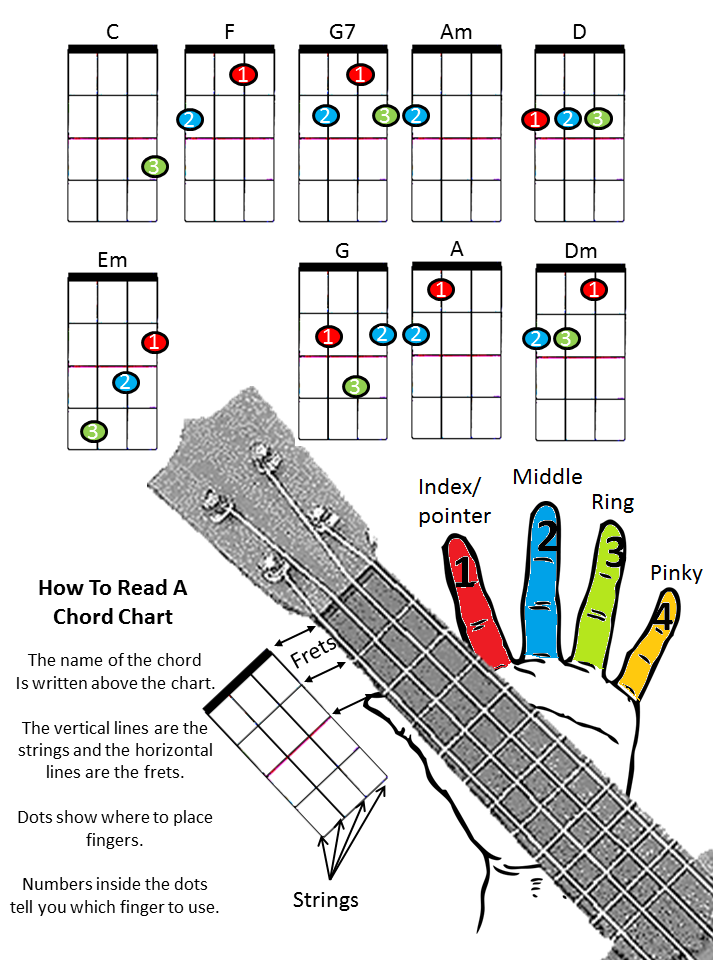 Not all guitars are made equal, and knowing which guitar is best for beginners can set your child up to play with confidence and success. This tip is important, since an improperly sized guitar can turn a rewarding experience into a frustrating one. Try out several guitars to see how they fit, and look at multiple sizes (full size, half size, etc.) to figure out what fits your child best.
Not all guitars are made equal, and knowing which guitar is best for beginners can set your child up to play with confidence and success. This tip is important, since an improperly sized guitar can turn a rewarding experience into a frustrating one. Try out several guitars to see how they fit, and look at multiple sizes (full size, half size, etc.) to figure out what fits your child best. - Use a guitar pick. Guitar picks can make it easier for kids to play, especially for kids with tender or sensitive fingers. Try out different thicknesses to find the one that’s best for you. It will take some guidance from a guitar instructor and some practice to master the use of the pick, but learning this skill will ultimately pay off.
- Practice daily – even if it’s just for 20 minutes. Shorter, more frequent practice is more productive than longer, occasional practice. Try to help your child retain what they learn in class by scheduling time for practice every day.

- Start with light-gauge guitar strings. Beginners should start with light-gauge strings, as heavier strings may be hard for smaller hands to fret or press down.
- Buy an electric tuner. Playing in tune is essential for students learning to play guitar! And clip-on tuners are an inexpensive and easy way to tune a guitar.
- Play guitar with others. Playing music with other people is a fun and effective way to apply concepts learned in lessons. School of Rock provides students with the opportunity to immediately play with others. This greatly accelerates the learning process.
Is it ever too late to learn guitar?
It’s never too late to learn guitar! While there are definite advantages to learning the guitar at an early age, all it really takes is the desire to learn and the motivation to practice.
School of Rock teaches adult students all the time, and there’s no reason to let the kids have all the fun! Many adults take guitar lessons at School of Rock, where they meet with other musicians and learn to play onstage.
Play
What Age Can Kids Start Learning Guitar? Advice From a Guitar Teacher
If your child has taken an interest in music or guitar, you might be thinking about giving them some lessons. We’ve all seen prodigy children with jaw-dropping skills on YouTube, so you might be tempted to give your child a head-start and start as young as possible.
While every child is different, it’s generally a good idea to wait until your child is at least 6 years old before starting guitar lessons. While children younger than 6 can learn guitar, it takes an exceptional teacher to overcome the difficulty of teaching young children.
In this guide, I’ll answer common questions parents ask when considering getting guitar lessons for their children. I’ll explain why age matters when starting guitar lessons, how to give your child the best start possible, and how to find a good quality teacher.
I’ll explain why age matters when starting guitar lessons, how to give your child the best start possible, and how to find a good quality teacher.
Can You Learn Guitar At Any Age?
A great way to understand the answer to this question is to take a look at how children learn to draw. Can children learn to draw at any age?
The answer depends on what you count as ‘drawing’. Does random scribbles of crayons by a toddler count as learning to draw?
Take a look at the following ‘drawings’ and think about what the child is learning at each point in age:
There’s no doubt a toddler can ‘draw’ the first two pictures, but does it count as drawing? Is the toddler really learning to draw at that point?
Does a child need to randomly scribble on a page as a toddler to be able to learn to draw later in life? Of course not, a 6-year-old who has never picked up a crayon before can start to learn to draw without any problems. Early experience with a crayon isn’t required.
As a child grows, they develop control over their fine motor skills. As a child’s fine motor skills develop, they gain more control over the tools they use to draw and end up with better quality results.
It’s the same with learning guitar. If you try to teach a toddler to play guitar, you’re going to end up with the equivalent of random crayon scribbles on a page. A toddler doesn’t have the fine motor skills required to control the guitar and “lessons” at that age won’t speed up development.
Take a look at the hands below and think about how much harder it is for the small hand to reach around the guitar neck and stretch into chords:
Adults with fully grown hands often complain about how hard it is to play guitar chords, so young children have a massive obstacle to deal with. There’s a point where a young child’s hands just can’t do what is required.
Find out more about guitars for small hands in this guide.
While some guitar teachers do offer guitar lessons for toddlers, the real question is whether these lessons make an impact on the child’s development.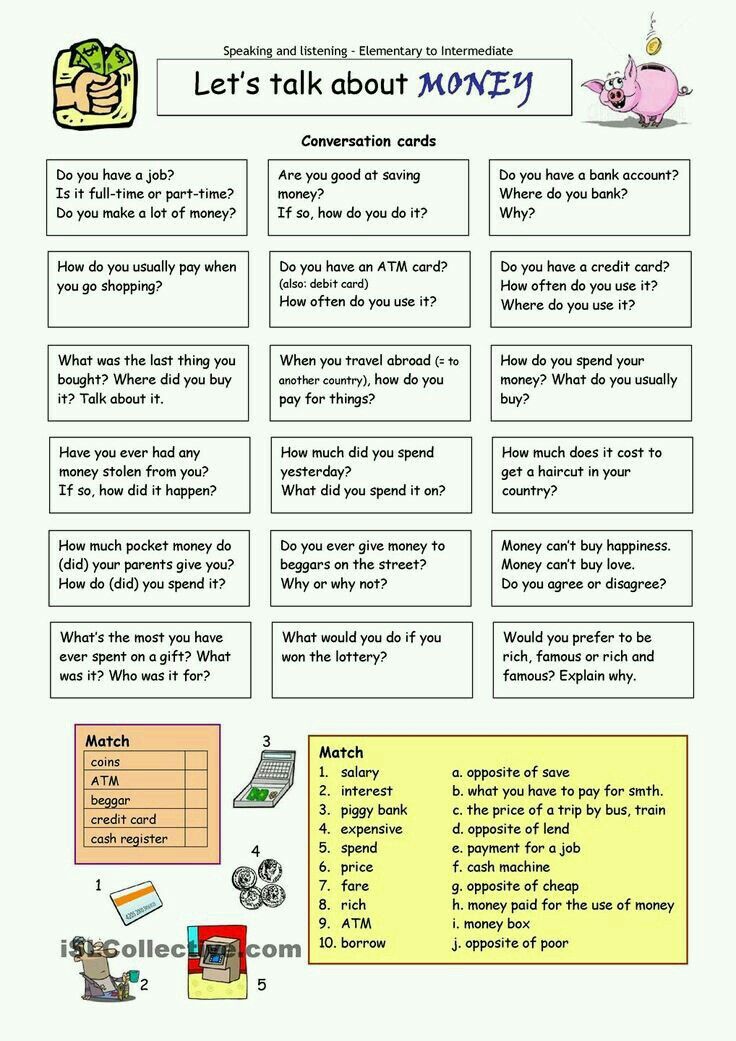 Do they help the child get a head-start with their guitar skills? Or are the lessons an expensive form of babysitting?
Do they help the child get a head-start with their guitar skills? Or are the lessons an expensive form of babysitting?
It’s highly unlikely that guitar lessons for children 3 years old or younger have any impact on a child’s development in later years. A child who started “learning” guitar at age 3 won’t have any advantage over a child who started learning at age 6. Just like the child learning to draw, early experiences have close to zero impact on later learning.
What is the Minimum Age to Learn Guitar?
While it would be nice to put a minimum age on when children should start taking lessons, the real answer is fuzzy. I suggested a minimum age of 6 years old at the start of this guide, but let’s dig deeper into why younger children struggle in lessons.
The minimum age a child can start learning guitar depends on the teacher and the expectations for the lessons. The younger the child, the better the teacher needs to be to overcome the difficulties the student will face.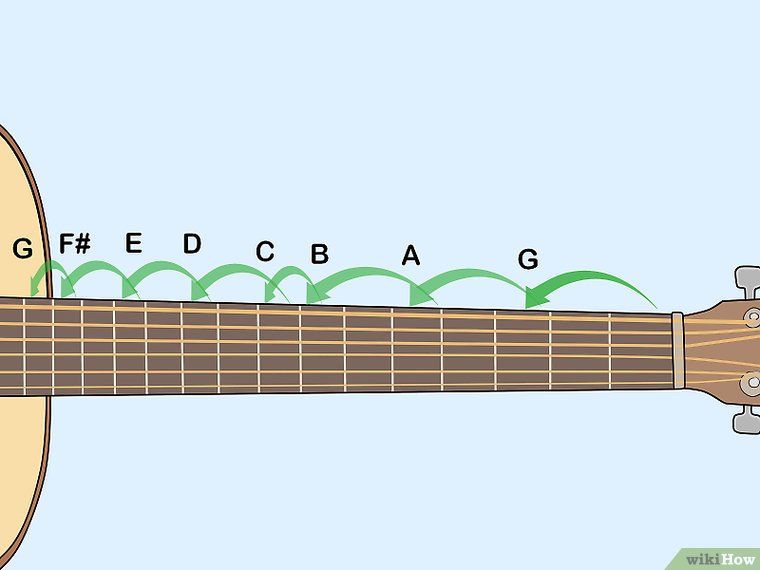
Teaching a 4-year-old is very different from teaching a 6-year-old. The differences in brain development and fine motor skills between a 4-year-old and a 6-year-old are night and day. Those extra two years gives children so much more control over a guitar. This extra control over the guitar leads to less frustration and more progress during lessons.
An average-quality guitar teacher might be able to teach a 6-year-old with decent results. A 6-year-old will be able to intuitively pick up on some things along the way and may have some form of self-motivation to practice.
An average-quality guitar teacher will utterly fail at teaching a 4-year-old (or younger). A 4-year-old will heavily rely on the teacher’s skills and knowledge.
I’m honest enough to say that I can barely teach a 6-year-old with decent results. But there’s no way that I’m capable of keeping a 4-year-old focused and motivated. Most teachers don’t recognize their limits or aren’t willing to admit them.
If you plan on getting guitar lessons for your young child, be aware that most teachers don’t have the skills and knowledge required to give adequate quality lessons. Guitar teachers often overestimate their teaching abilities, so even if you find a teacher who claims to be excellent with young children, don’t expect great results.
As I will explain later, there are things you can do to expose your child to music and help them develop their own musical curiosity. I don’t recommend paying for guitar lessons for very young children, but there are things you can do to nurture your child’s creativity and curiosity.
As an example, I’ve had many new students over the years who first built an interest in guitar by playing Guitar Hero as a young child. They started out playing songs on Guitar Hero, then when they grew older they decided to learn the real thing. In comparison, I’ve never heard of a child who had lessons as a 3-year-old continue to learn guitar later in life.
While you might see “prodigy” children with amazing skills on guitar, keep in mind that for every young “prodigy”, there are hundreds of children who have given up learning an instrument for life because they were pushed into lessons too early.
What is the Best Age to Start Guitar Lessons?
There is a difference between the minimum age to learn guitar and the ‘best’ age to start learning guitar. While I’ve suggested a minimum age of 6 years old, the ‘best’ age to start is likely to be higher.
The best age to start taking guitar lessons is when the student is enthusiastic about learning guitar. A student’s enthusiasm and motivation to practice is the best predictor of long-term success. For some students, the best age to start learning is 6. For others, it could be 9 or 14 or 28.
After a minimum age of about 6, a child will have enough fine motor skills to be able to effectively learn the instrument. The other important piece of the puzzle is motivation.
As a guitar teacher, I can confidently say that students who are motivated to practice are the students who succeed. If the student isn’t motivated to practice, they won’t progress. If a student doesn’t see progress, they end up quitting.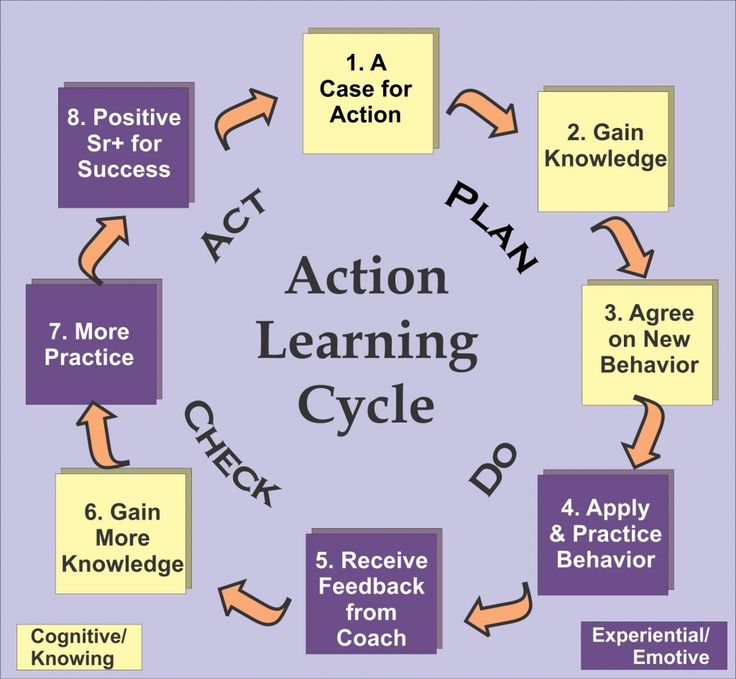
Important: the source of motivation matters. Does your child really want to learn guitar or do you want them to learn guitar?
This can be hard for some parents to hear, but pushing children into learning guitar doesn’t work in almost all situations. I’ve struggled through too many lessons with children who didn’t want to be there because they had zero interest in guitar.
If your child doesn’t seem enthusiastic about guitar, don’t push them into lessons. Not only will it be a frustrating experience, but it may also kill any chances of developing an interest in a music instrument in the future. Give your child time to discover their own interests.
If it takes another 5 years for your child to develop an interest in guitar, that’s fine. Wait until they develop some interest, then nurture that interest.
If you want to find a guitar teacher for your child, read through this guide on how to find the best possible teacher. The guide includes questions to ask guitar teachers to find out whether they’re really the best option for your child.
How To Give Toddlers Guitar Lessons
Let’s say you have a toddler who seems fascinated by guitar and you want to fuel that curiosity. I’ve mentioned several times that toddlers don’t have the fine motor skills required to adequately control a guitar. So what can you do?
At this age, exposing your child to music and giving them simple ways to express themselves is all that is needed. A toddler doesn’t yet have the abilities to properly control a guitar, so real guitar lessons can be frustrating for them. But there are things you can do to set them up for the future.
Here are some ideas on how to give “lessons” to a toddler:
- Get a ukulele and tune the strings to play an open chord. This means, when the strings are strummed it produces a pleasing sound. A standard tuned ukulele doesn’t produce a nice sound when the strings are strummed, so this change solves that problem. As your child grows, you can look at teaching them basic chords and strumming patterns
- Have jam sessions with your toddler.
 You don’t need to be able to properly play an instrument, just be able to get involved. Tambourines, shakers, toy pianos, and hand drums are all good choices
You don’t need to be able to properly play an instrument, just be able to get involved. Tambourines, shakers, toy pianos, and hand drums are all good choices - Consider teaching them how to play Guitar Hero. I’ve had a lot of students over the years who started out playing Guitar Hero and eventually wanted to learn the real thing. This game teaches important skills and coordination that translate very well to real guitar playing
The goal at this age is to instill wonder and excitement around music. Keep experimenting with different things and find what grabs your child’s attention.
The below video is a perfect example of how to inspire your toddler to develop an interest in music:
You might notice the child imitate his dad by strumming the strings. At this age, you don’t need to try and teach the child any real techniques or timing skills. Simple jams like this can be all that’s needed to develop an interest in guitar.
Tips for Motivating Your Child
While I don’t recommend pushing your child into guitar lessons, there are things you can do to nurture a curiosity in music.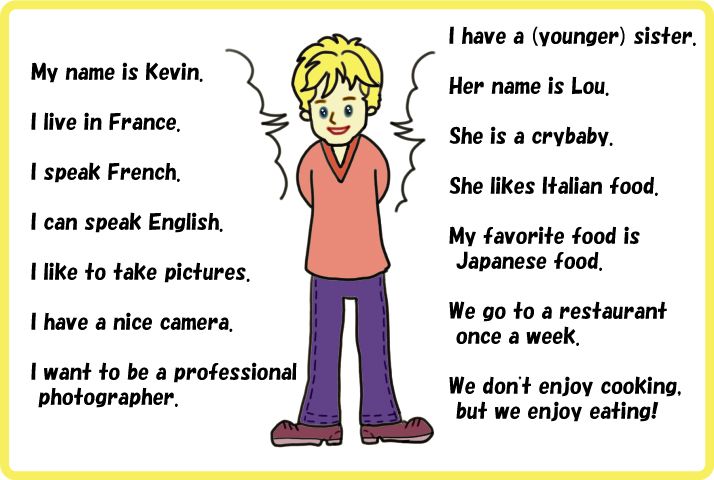 Here are the two most important things you can do to set your child up for successful guitar lessons:
Here are the two most important things you can do to set your child up for successful guitar lessons:
Get involved with your child
Most progress happens outside of lesson times. There’s a lot of time between weekly 30-minute lessons to fill. How you get involved with your child matters. If you push your child to practice like it’s a chore, it won’t feel like a fun thing to do and will start to feel like work.
There are many ways you can get involved with your child to help build their passion for music. Expose them to new music and try to figure out what genres interest them. It takes time for children to develop their own interests in music, so showing them different styles and artists can help them figure out what they like.
Whether you have any musical abilities or not, try having jam sessions with them. Anybody can hold a steady beat using a tambourine. One of the great benefits of learning to play guitar is that you can play with other people. By jamming with your child, you help them see that benefit.
By jamming with your child, you help them see that benefit.
As a guitar teacher, I can tell you that there is a massive difference in students based on whether their parents get involved or not. The students who come to each lesson filled with motivation have parents who get involved with them outside of lesson times.
Reward effort, not results
Do you play an instrument? If you don’t, is it because you believe that you don’t have any musical talent? Or have you tried and gave up because you’re “tone deaf”? If you answered yes, then you have what is called a “fixed mindset”.
A fixed mindset is the belief that our results are based on talent and innate abilities. Having a fixed mindset can be incredibly limiting as you don’t believe you have control over what you can learn. A person with a fixed mindset believes some people are good at math and some people are good at music.
A person with a “growth mindset” believes that our results are based on our efforts.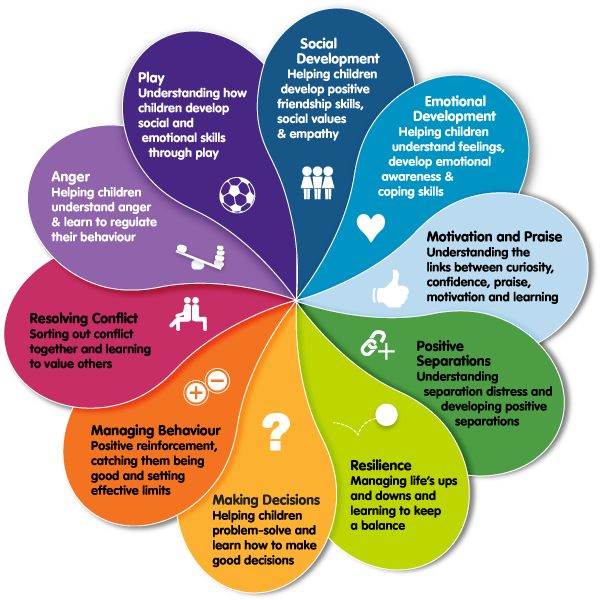 There’s no such thing as being “tone deaf” – it’s merely an excuse for people who give up in the early stages of learning an instrument.
There’s no such thing as being “tone deaf” – it’s merely an excuse for people who give up in the early stages of learning an instrument.
This isn’t my opinion, it’s based on the research findings from the incredibly important book Mindset by Carol Dweck.
Research has found that when children are rewarded for having a fixed mindset (eg: “wow, you’re so talented!”), their skills and abilities plateau. Rewarding results can be destructive to a child’s development. They eventually learn that if they’re not already talented in something, there’s no point trying to learn it.
When children are rewarded for having a growth mindset (eg: “well done, you worked so hard on that song!”), they learn that effort is the key to success. They learn that they can achieve anything if they put enough effort in and talent is a result of hard work.
The best thing you can do for your child when it comes to learning guitar (or learning anything else) is to encourage a growth mindset.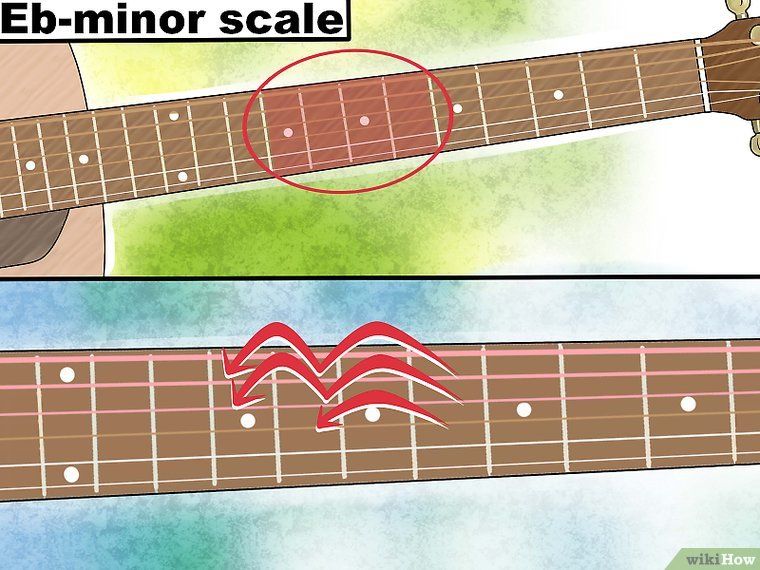 I highly recommend reading Carol Dweck’s book to learn more about this topic.
I highly recommend reading Carol Dweck’s book to learn more about this topic.
Guitars for Kids
Learning guitar is a serious challenge for a young child. Being able to coordinate both hands and press down on the strings hard enough can be challenging for all beginners. I’ve even had an adult quit immediately after the first lesson because she couldn’t deal with the challenge.
The guitar is a hard instrument for a beginner to learn, so we need to make things as easy as possible for kids to pick up an instrument and get started.
The worst thing you could do is give your tiny child a full-sized acoustic guitar to learn on. Imagine if you tried to play a guitar that was bigger than you!
Fortunately, there are a lot of good quality guitars available for children.
You may have heard of 1/2 sized or 3/4 sized guitars. These guitars scale the size down into something far more comfortable for children.
Find out everything you would want to know about guitar sizes in this detailed guide.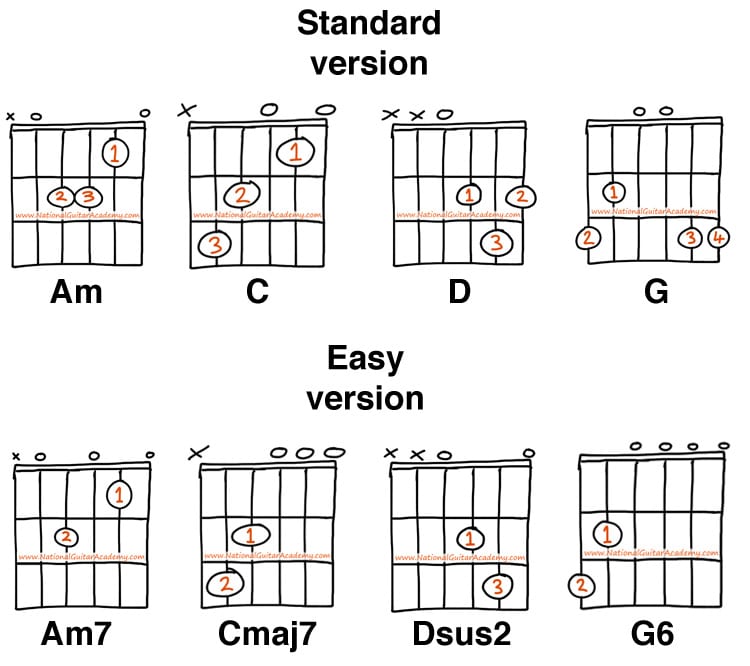 The guide includes advice on buying a guitar for a child.
The guide includes advice on buying a guitar for a child.
The below travel guitar is a good example of how a scaled-down guitar can be far more comfortable for a child compared to a full-sized guitar.
Having a half-sized guitar means that your child is able to play with the correct posture and technique. It reduces how much a child needs to stretch to be able to reach notes on the fretboard.
The best thing you can do if you’re looking at getting a guitar for your child is to go to your local guitar store and get your child to sit with a 1/2 or 3/4 sized guitar in their lap.
There are some good options for scaled-down guitars in my guide on Travel Guitars. Check it out for some suggestions on compact guitars.
Related Guides and Lessons:
Guitar for children
Your child has decided that he will play the guitar. Or so you decided. At what age can you start learning? The minimum age at which a child is able to learn to play musical instruments is 4-5 years old, when he perceives information well and literally “absorbs” new knowledge. By the age of 12, the human brain is already almost formed, as is his psyche. Therefore, if you are counting on some success in music lessons, then the sooner a child picks up a guitar, the better. But if the desire to play the guitar has arisen, then you can start absolutely at any age! nine0003
By the age of 12, the human brain is already almost formed, as is his psyche. Therefore, if you are counting on some success in music lessons, then the sooner a child picks up a guitar, the better. But if the desire to play the guitar has arisen, then you can start absolutely at any age! nine0003
There are several signs that a child is ready to play the guitar:
-
The child can hold the guitar in a comfortable position.
-
The fingers must be strong and developed to pluck the strings.
-
The child must be diligent enough, which is important for regular classes. nine0003
In the desire of parents to raise a musician, the main thing is not to overdo it, not to put pressure, not to discourage the child from playing the guitar. If you have doubts about the voluntary nature of such activities, then you should wait until the child is ready for them, because playing the guitar is a creative process that should bring pleasure, and not just the result.
So the decision has been made. We turn from words to deeds and go to choose the first instrument, a real guitar, on which the future of your child as a musician may depend. Where to start, what to look for, what to be guided by when choosing a guitar? It is the answers to these questions that this article will be devoted to. nine0003
The main criteria for choosing a guitar should be:
Guitar type
1. Classical guitar . This is a traditional instrument for music schools. The body of a classical guitar is smaller than that of an acoustic guitar and is more "round". As for the neck, it is wider and shorter (18 frets versus 20-21 for acoustics), which is very convenient for learning when the fingers are not yet used to hitting and clamping the string clearly. As a rule, nylon strings are installed on the classics, which are much softer than metal ones and do not injure children's fingers so much. nine0003
The wide neck and nylon strings provide the beginning player with two very important advantages of classical guitars: easy gripping and painless finger-string adjustment.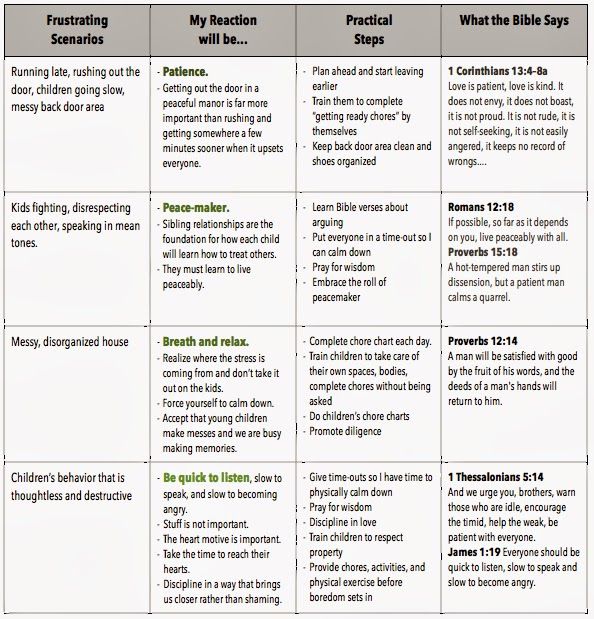 When a child learns to play classical guitar, he can easily switch to acoustic guitar if he wants.
When a child learns to play classical guitar, he can easily switch to acoustic guitar if he wants.
The classical guitar has a soft, deep sound, yielding to the acoustic guitar in volume. The classical guitar is traditionally used to perform classical music, flamenco, romances, although such a guitar can be considered universal, since now rock, jazz and blues are successfully played on it. If desired, you can put thin metal strings on a classical guitar, getting an excellent rich sound. A classical guitar is not designed for thick metal strings and can be deformed. nine0003
2. Acoustic guitar. Unlike a classical guitar, metal strings are placed on an acoustic guitar, thanks to which it has a sonorous, rich timbre and sounds loud. But learning to play a guitar with metal strings is difficult for unprepared fingers and sometimes painful, since such strings require more effort to press, so the fingertips hurt.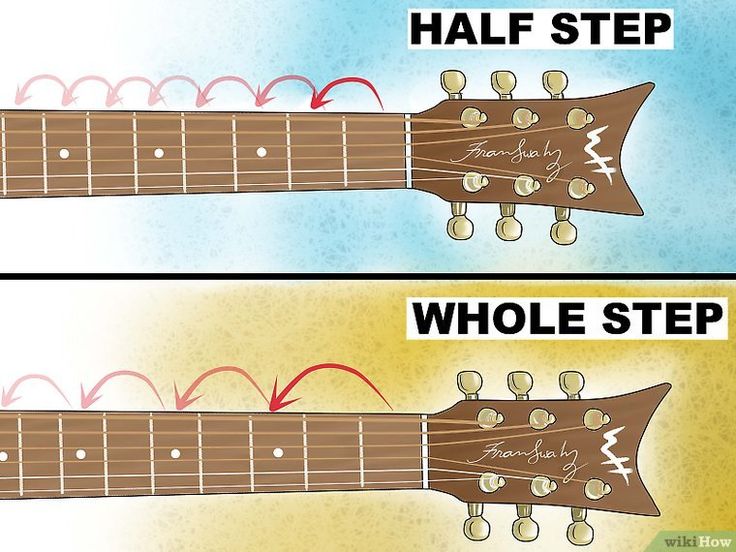 Thus, it takes more time for the fingers to become accustomed to metal strings than it takes to learn to use nylon strings. nine0003
Thus, it takes more time for the fingers to become accustomed to metal strings than it takes to learn to use nylon strings. nine0003
The acoustic guitar is ideal for accompaniment, jazz, blues, rock, pop, chanson, etc. The metal strings are great for playing with a pick, and the narrow neck makes playing bare chords much easier.
Separately, it should be said about the electro-acoustic guitar, which is an intermediate option between acoustic and electric guitar. This guitar has pickups and can be connected to an amplifier. If your child plans to play loudly or perform, then you can consider this option for an instrument. nine0003
3. Electric guitar will be a great gift for an energetic child. Electric guitars are more expensive than classical and acoustic guitars, besides, you need to buy an amplifier or combo amplifier with it, so they buy such a guitar for a child who is sure that he will play it and the fuse will not disappear in a month or two.
Rock music, folk, ethnic music, pop, blues, etc. are usually played on the electric guitar. The ability to connect various pedals and effects processors allows you to realize almost any idea and create interest in the game. nine0003
A semi-acoustic guitar combines an acoustic and an electric guitar with a hollow body and pickups. Such a guitar has a specific soft timbre that fits perfectly into jazz, blues and ron'n'roll.
4. Ukulele . If a child starts learning to play the guitar at the age of less than 4 years, then the guitar can be replaced with a ukulele. The ukulele is easier to play than the classical guitar and even more so than the acoustic guitar. The ukulele has 4 strings, a narrow neck, it is much easier to clamp the strings, the chords for the ukulele are also easier! When the child trains his fingers and hearing, "feels the taste" of playing music, you can switch to other types of guitars.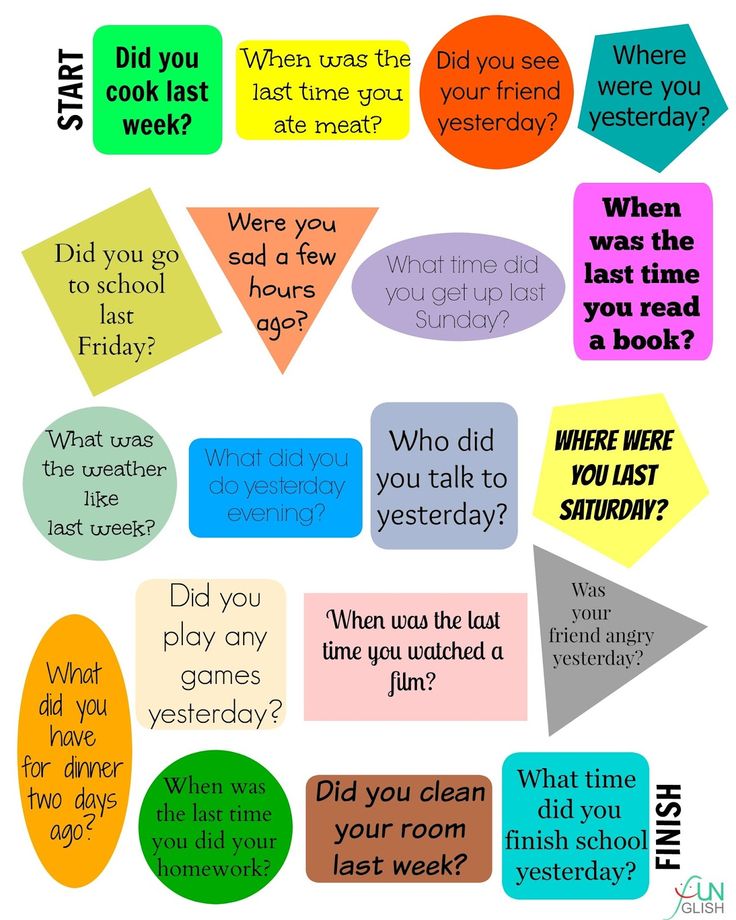 nine0003
nine0003
Guitar size
When choosing a guitar for a child, it is very important to guess the size, because the size of the instrument determines how comfortable the child will play it. You can follow the following recommendations:
-
age 4 - 6 years, height 99 - 115 cm - guitar ¼ of the standard size;
-
age 5 - 8 years, height 117 - 135 cm - guitar size ½. nine0003
-
age 8 - 11 years, height 137 - 150 cm - guitar size ¾.
-
age over 11 years old, height from 152 cm - standard size guitar.
It is height, not age, that is the determining factor, since arm length is important.
Brand
A guitar brand is, of course, not a defining parameter of an instrument, but an important one, because. sometimes the quality and price of the guitar depends on the brand. Of course, a quality tool from a well-known manufacturer is not cheap and, perhaps, a child does not need one. There are alternative, no less high-quality, but at the same time inexpensive models of tools. nine0003
Of course, a quality tool from a well-known manufacturer is not cheap and, perhaps, a child does not need one. There are alternative, no less high-quality, but at the same time inexpensive models of tools. nine0003
Everyone knows the truth that there is no arguing about tastes, so it makes no sense to recommend any one manufacturer. The most famous guitar manufacturers are FENDER, YAMAHA, IBANEZ, ARIA, EPIPHONE.
Design
If you think that we are talking about the color of the instrument and the shape of the case, then you are not quite right. Because we will focus primarily on the materials from which the tools are made, namely wood. The more wood a guitar has, the better it sounds. Guitars made entirely of wood are quite expensive, so for a novice musician, you can choose an instrument with plywood or MDF inserts. nine0003
Traditionally, for the manufacture of guitars, woods such as mahogany, ash, alder, maple, linden, and spruce are used, which differ in properties and give a different sound.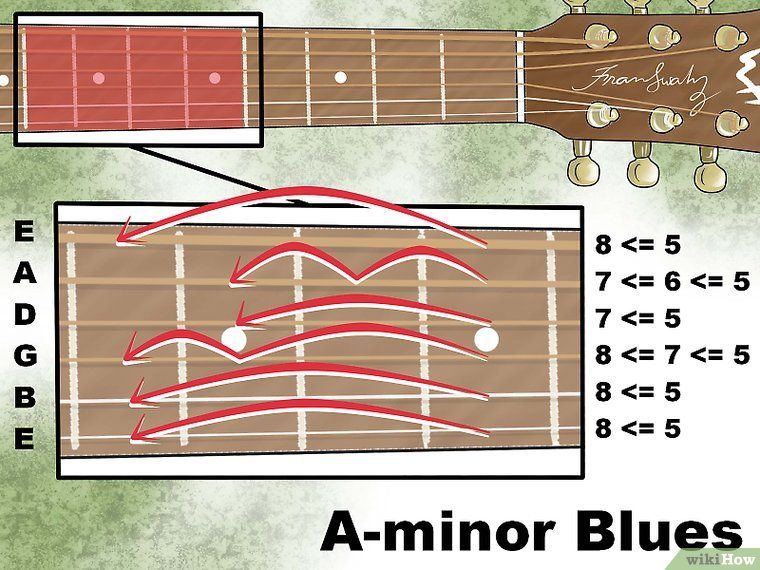
| Material | sound |
| rosewood | Deep and sticky nine0003 |
| Spruce | Sharp and loud |
| Cedar | soft and deep |
| Nut | Voiced and superficial nine0003 |
| Mahogany (mahogany) | Muted in the upper and lower registers and pronounced in the middle. |
If we talk specifically about the design of the guitar, then you need to ask the child what he likes and wants, this is especially true for young children. Let your child choose the instrument to create additional motivation and interest in learning. nine0003
Price
There is a rule regarding the price of a guitar: the more expensive the instrument, the better it sounds and lasts longer.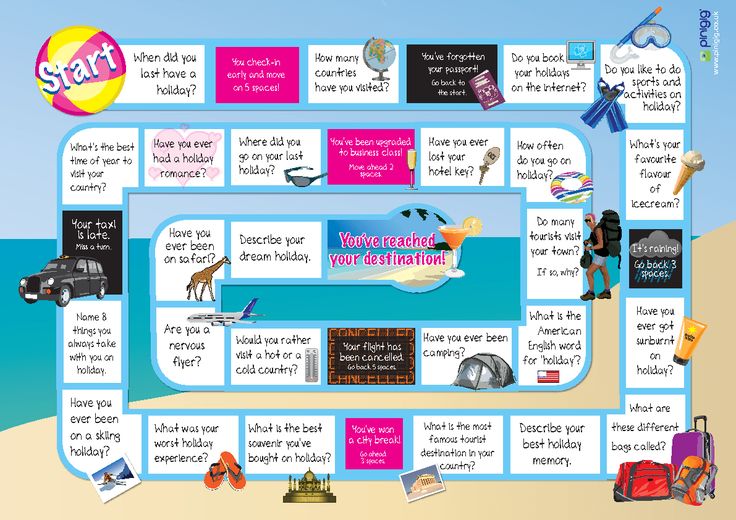 But buying an expensive guitar for a child is not entirely advisable, because he will grow out of it, may lose interest in lessons, or it simply will not suit him. It is worth remembering, however, that the cheapest instrument looks and sounds the same, so it can discourage learning. Therefore, it makes sense to buy an inexpensive guitar as the first guitar, and later to purchase a more expensive instrument when the child learns to play. nine0003
But buying an expensive guitar for a child is not entirely advisable, because he will grow out of it, may lose interest in lessons, or it simply will not suit him. It is worth remembering, however, that the cheapest instrument looks and sounds the same, so it can discourage learning. Therefore, it makes sense to buy an inexpensive guitar as the first guitar, and later to purchase a more expensive instrument when the child learns to play. nine0003
By the way, if the child is left-handed, then the choice of guitars will be a little less, but you can still find a left-handed guitar of any type and in any price category.
Summing up, we can say that when buying a first guitar for a child, consider his age and physical characteristics. Classical guitar with nylon strings will be an ideal tool for learning, remember that children under 12 are not recommended to play on metal strings. nine0003
Try to take into account the wishes of your child when choosing an instrument, then he will be carried away by it for a long time and interest in classes will not disappear.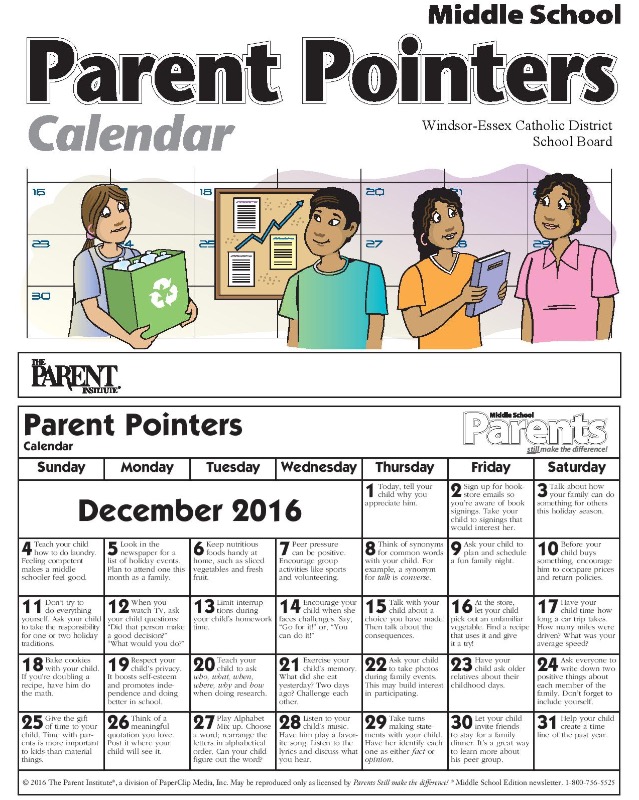 If you want to surprise your child, then try to follow the above tips and choose the “right” guitar. Successes in learning and creativity!
If you want to surprise your child, then try to follow the above tips and choose the “right” guitar. Successes in learning and creativity!
Online learning to play the guitar, how old can you be to play the guitar
Aleksey Dukhovich
Guitar teacher, founder of PimaSCHOOL and YouTube channel PimaLIVE
The question is interesting, requiring detailed consideration. When is the best time to start learning to play the guitar online or with a tutorial? In the art of music, cases of the formation of a maestro of various ages are known.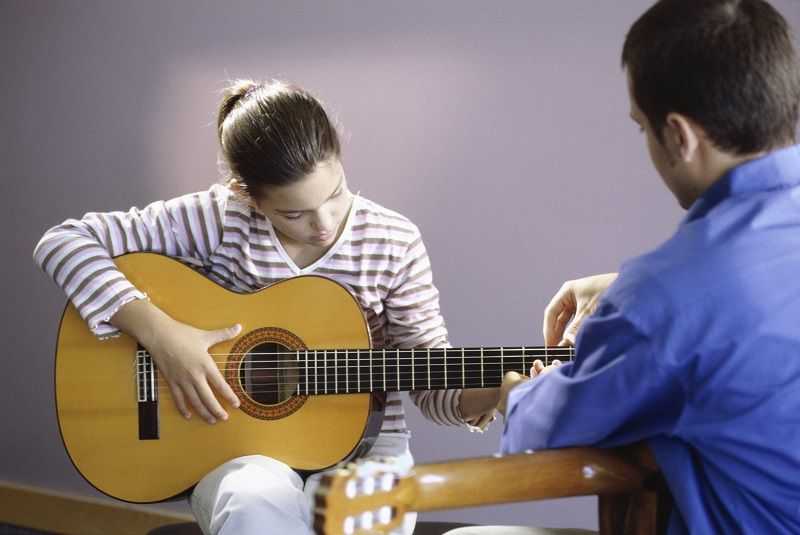 From 4 to 16 and more conscious age, even full maturity. It must be said that it was much more difficult for the current virtuosos, they did not have the opportunity to purchase an online guitar course. But is there a most productive age to start exercising? Rather, yes, and we will try to figure it out. nine0005
From 4 to 16 and more conscious age, even full maturity. It must be said that it was much more difficult for the current virtuosos, they did not have the opportunity to purchase an online guitar course. But is there a most productive age to start exercising? Rather, yes, and we will try to figure it out. nine0005
1. Children, 4-13 years old
If we digress a little from musical topics, turning to biology, it will not be a secret that it is at this age that the human body, from motor skills to neural connections, is as plastic as possible. Moreover, modern psychology knows that a person's character is established up to 5 years. This affects the most positive way on the ability of muscle memory, long-term memory, as well as the perception and consolidation of information. It is in the period from 4 to 8 years that a person learns to realize, perceive the world around him. nine0003
The most striking results in music (as in all other areas) are obtained by guitarists who began to get acquainted with the instrument at a very young age.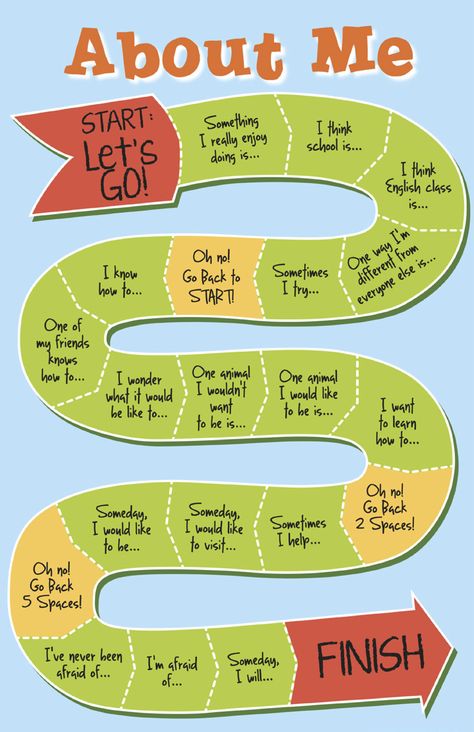 Here, in addition to working out time (as is known, for absolute mastery it is necessary to play 10,000 hours), the perception features described above are also connected. Online guitar lessons for current virtuosos at the very first stage of training were not available, most of them are self-taught.
Here, in addition to working out time (as is known, for absolute mastery it is necessary to play 10,000 hours), the perception features described above are also connected. Online guitar lessons for current virtuosos at the very first stage of training were not available, most of them are self-taught.
A striking example is Tommy Emmanuel, who picked up an instrument when he was 4 and was already teaching at the age of 8. To see the results of this amazing master and teacher, you just need to open YouTube, look at things like Classical gas or Guitar boogie. nine0003
But does this mean that the road is open only to the very young? Let's not be so categorical, let's move on.
2. Adolescence, 13-18 years old
This age can be called the "age of the self-taught". If we turn to the experience of psychology, then the impulsiveness of the transition period will not be a secret. People at this age are prone to a huge amount of reflection, movement, total unwillingness to follow the rules. But music is the greatest art, a language accessible to people of any nationality, gender, race and, most importantly, of any age. During this period, young people begin to be interested in the experience of rock heroes, create goals for themselves, even if they are guided by idols, incomparably operating on stage in front of thousands of people. nine0003
But music is the greatest art, a language accessible to people of any nationality, gender, race and, most importantly, of any age. During this period, young people begin to be interested in the experience of rock heroes, create goals for themselves, even if they are guided by idols, incomparably operating on stage in front of thousands of people. nine0003
The body of a teenager still continues its formation, as well as neural connections, however, the ability to assimilate, consolidate information is no longer so pronounced. Nevertheless, at this stage of a person’s life, it is difficult to stop if he really wants something. This age of rebellion and freedom has given the world many guitar geniuses. Among them are Jimi Hendrix, Jimmy Page, Eric Clapton, the entire composition of the Beatles, Rolling Stones, Metallica. I think these examples will be enough to understand how productive people at this age can be. And these are far from all the examples! Read the biographies of the masters.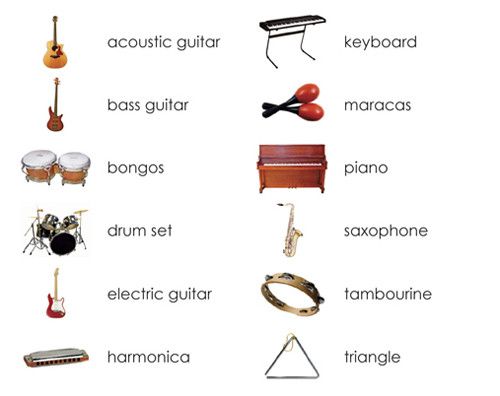 The vast majority started at the age of 13 to 16-18. Yes, the majority of great guitarists, self-taught, today's young and ambitious ones, have incomparably more chances. They have the opportunity to purchase a professional online guitar course. nine0003
The vast majority started at the age of 13 to 16-18. Yes, the majority of great guitarists, self-taught, today's young and ambitious ones, have incomparably more chances. They have the opportunity to purchase a professional online guitar course. nine0003
But not everyone at this age aspires to become rock heroes. How about the older years? For them, everything is lost, or is it…
3. Youth age, 18-25 years old
It does not differ much from the previous examples, since it is up to the age of 25 that our neural connections are fast, and fine motor skills, ligaments and muscles are plastic, ready to perceive new information. However, it is still a little slower than in children and adolescents. Do you think this is a problem? No no and one more time no. This is where the time comes to help us. Yes, it's probably not that fast to absorb the incoming information, but the amount of time spent with the guitar can work wonders. nine0005
There are cases when people, having abandoned their unloved specialties, along with universities, entered (absolutely independently) music colleges, successfully graduated from them, thanks to methodical, lengthy studies, and even went to the conservatory after graduating from colleges.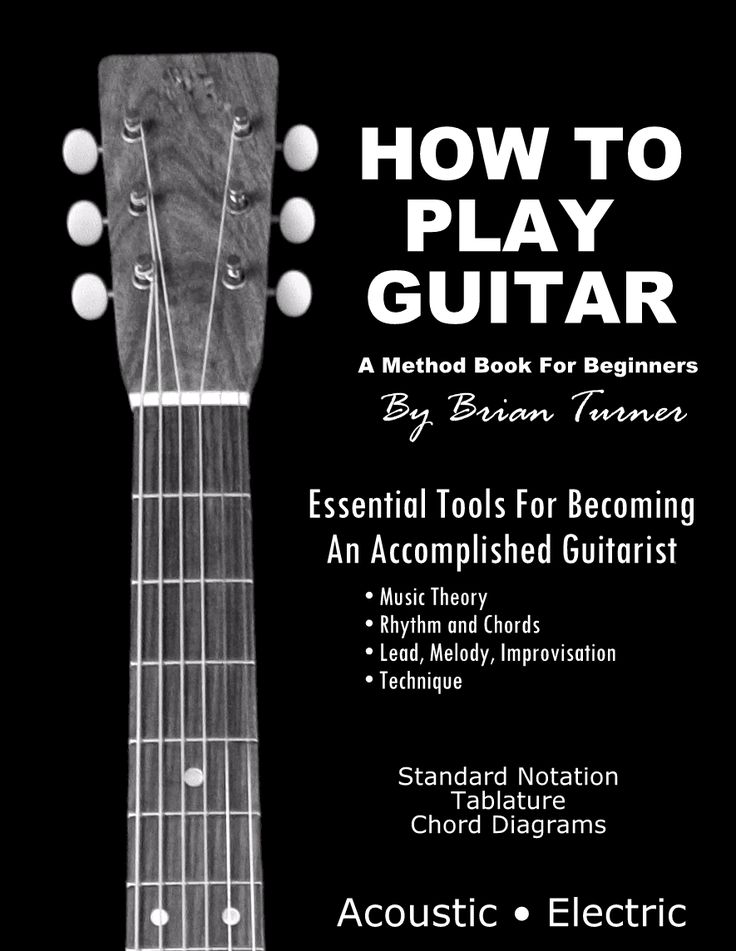
Maestro Wes Montgomery, who started at the age of 20, can be distinguished from significant personalities, which did not prevent him from becoming a jazz legend.
4. Mature age, 25-30 and over
Here we come to the most dramatic issue. Many people of this age, having probably left the guitar sometime, due to various circumstances, are often even afraid to take the instrument, arguing that this is a “late” desire or a belated dream. For some reason, they are sure that this is no longer possible. But this age is no less productive. Moreover, even here, beyond the age of 25, you can meet your heroes.
So, for example, Bill Withers moved to Los Angeles at the age of 29 in order to succeed. But, only at 33 did he record his first two successful hits "Ain't no sunshine" and "Lean on me". nine0005 In fact, a mature age brings a lot of advantages to learning. Among them: the rational distribution of time, financial independence, understanding and setting goals, the correct attitude to the words "I want.
